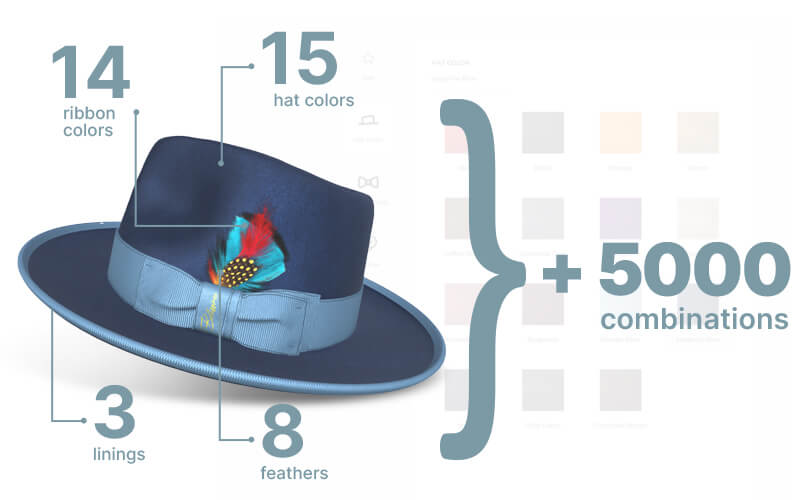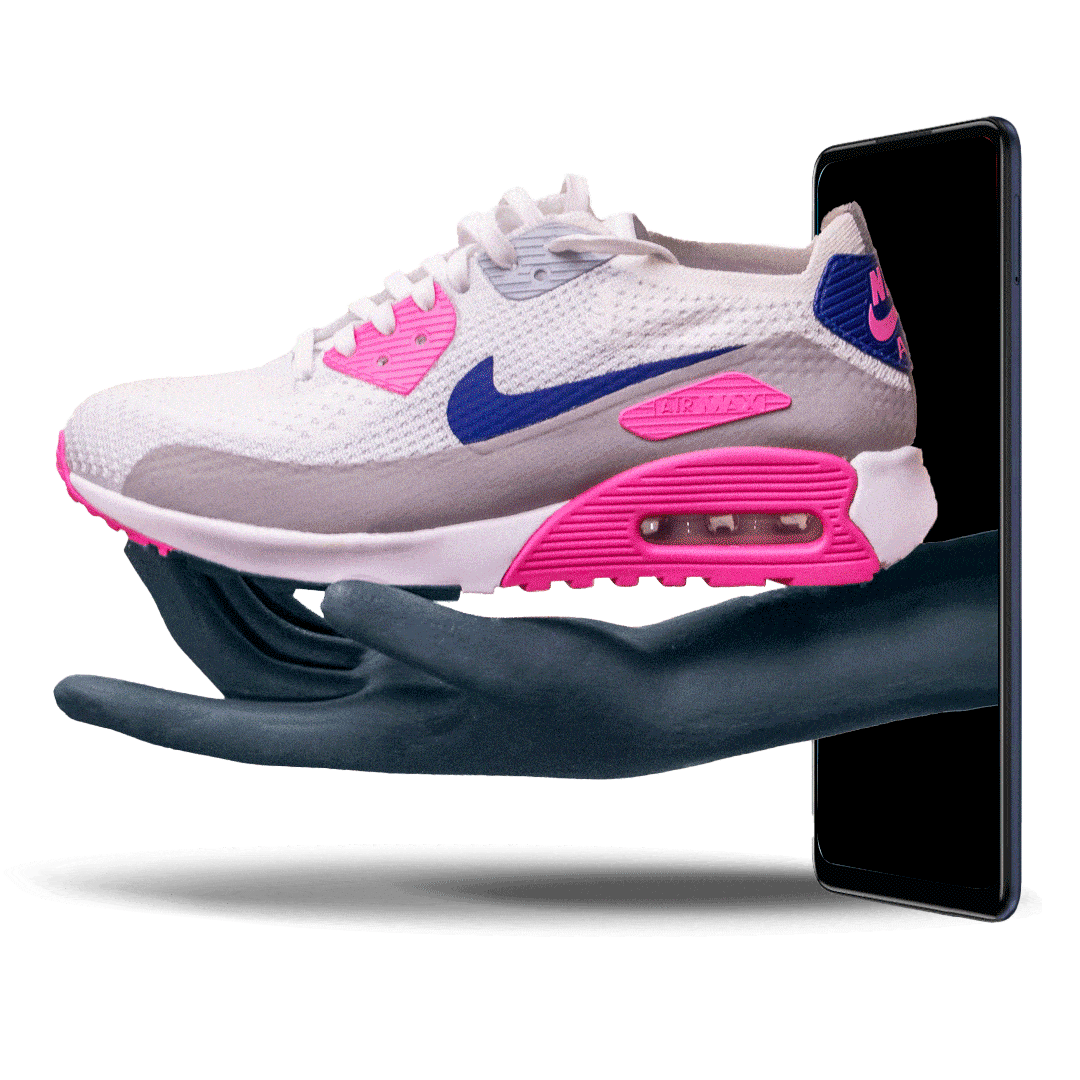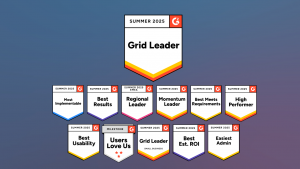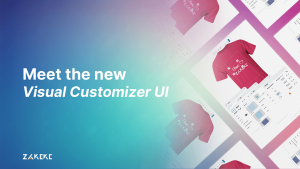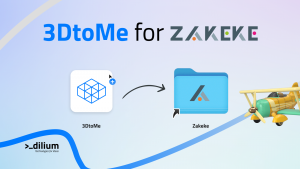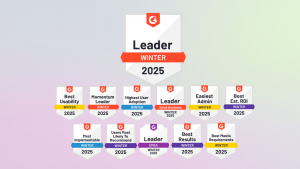Traditional e-commerce relies heavily on 2D images to attract customers and close the sale. And while artful flat lays and colorful carousels can be effective at drawing in customers, these classic marketing and promotion tools also have their limitations. How many times has your finger hovered over the ‘Add to Cart’ button, but you just couldn’t bring yourself to tap because of a nagging feeling that the photos weren’t telling the whole story? Or balked at paying a premium for custom items because you didn’t feel confident the final product would match the renderings?
If you’ve ever wished you could preview exactly how a product will look, or even feel, you’ll be excited to know that advances in augmented reality, 3D rendering have made it possible to do just that. 3D configurators allow shoppers to preview and, if desired, customize, every aspect of a product prior to purchasing. From the precise shade of dye in a pair of jeans to the grain of wood in a table to the leather finish of a belt – the right rendering software brings items to life in a private virtual showroom.
No word yet on when we’ll be able to sample smell through a touchscreen, but until then, 3D configurators are as close as e-commerce buyers can get to interacting with a physical object.
How Do 3D Configurators Work?
In the most basic technical terms, 3D configurators are interactive tools developed to provide online shoppers with an immersive shopping experience similar to browsing in a physical store. Ideal for products with multiple, customizable formats, 3D configurators allow customers to fine tune a purchase to their precise specifications and review from all angles before making a purchase. Paired with augmented reality, shoppers can even preview their custom item in their current surroundings.
Let’s take the example of a chair. Specifically, the new armchair you plan to add to your product line this coming spring, available in four wood finishes, four colors and an optional footstool. In the past, you’ve used 3D visualizations to help customers get a feel for your products – it’s tricky buying furniture online – but those items only came in one format. This chair is your first foray into custom furniture, and already you’re worried at the volume of images required to properly represent the range of possible options.
With a 3D configurator, however, customers have the option to mix and match from among the various finishes and fabric colors to their hearts’ content, zooming in to inspect the weave of your upholstery and flipping it upside down to check for visible hardware under the seat. To keep things under control, you’ve set the parameters to ensure that whatever customers design they can actually purchase. Potential buyers can go wild with the upholstery and wood finish but can’t change the height of the chair or change out the footstool for an end table.
Add in augmented reality and suddenly buyers can preview their new favorite relaxation spot by pointing a smartphone at a sunny corner and watching their custom chair appear – beat that, IKEA.
What Are the Benefits of a 3D Configurator?
Given the ‘wow’ factor involved, it’s easy to forget that 3D configurators are so much more than sophisticated catalogs of shiny internet toys – they’re a powerful business resource, capable of driving sales, cutting costs and raising your brand profile.
Drive Sales, Increase Revenues
Brands that make the leap to 3D configurators to showcase their products see an almost immediate bounce in conversions that can reach up to 40%, as in the case of TSUM, one Eastern Europe’s leading luxury goods retailers. One study conducted by the consulting firm McKinsey found that offering customers the option to customize luxury footwear using a 3D configurator led to an increase of 50% in one brand’s online conversion rate.
Research has also shown that customers who value the ability to personalize products and services will happily pay a premium to do so – up to 20% according to one study by Deloitte. They also tend to spend more overall, either as a result of increased engagement or due to tailored recommendations made possible by better insight into customer preferences.
Keep in mind, these are just the direct revenues attributable to a 3D configurator – the numbers don’t include the other, indirect benefits that boost your bottom line and increase overall sales numbers by making it easier for your marketing and sales teams to zoom in on customer needs and desires.
Improve Marketing ROI
Most digital marketing campaigns will include at least some paid ad buys, and with conversion rates 50% higher than organic traffic, it’s not hard to understand why. Dig a little deeper, however, and the limitations of pay-per-click advertising strategies become apparent. Bringing a prospect to your landing page or e-commerce storefront won’t do much good if he or she hangs around for only fifteen seconds before moving on. In other words, unless you’re also investing in optimizing the customer experience and working to keep new leads on your site, you’re not getting the full value out of your paid ad buys.
Incorporating a 3D configurator into your e-commerce website also gives your marketing team a wealth of new data to leverage when crafting campaigns and funnels. In an age of increased privacy concerns and reluctance to part with the information that forms the backbone of any marketing initiative, retailers have to be creative in what they offer website visitors in exchange for insight into decision-making and purchasing behaviors. 3D configurators are ripe for gamification, though novelty alone can hook some visitors.
When American automaker Chevrolet offered users the chance to design a fully customized Corvette using a 3D configurator, the company generated so much traffic, it nearly crippled the site. Over the course of a single month, Chevrolet racked up 2.4 million visitors, 1.3 million of whom tried out the configurator. The 152,000 hours those visitors spent on the configurator yielded 94,000 custom Corvette renderings – and millions of data points for the Chevy marketing team to exploit. When Audi deployed a similar experience, allowing users to design bespoke interiors with a 3D configurator, engagement jumped by 66%.
Speed Up Your Sales Cycle
It’s safe to say that, once a potential buyer has spent three quarters of an hour tweaking the design of a product in your 3D configurator to arrive at her personal ideal combination of features, she’s familiar with the basics of what you have to offer. If she reaches out to a sales representative at all, it won’t be to inquire about dimensions or fabrics, but to ask whether your brand traces its supply chain or if you have additional customer testimonials to share. Great news for your sales team, who can devote their time to upselling pre-warmed leads on additional products and features rather than responding to basic questions easily answered with a quick glance at the product description.
Alternatively, allow customers to generate a PDF of their finished design to submit to a sales representative for processing and remove the risk of guesswork and human error in the sales process. Freed from the administrative component – entering product specifications and placing orders – your sales reps have more time to do what they do best: sell.
Reduce Customer Complaints and Returns
Because 3D product configuration allows customers such a high degree of control over the look and feel of their purchase, customers are more likely to feel that the final product meets or exceeds expectations and is fit for the intended purpose. Home improvement retailer Home Depot took the step of incorporating 3D visualizations into its online store, allowing customers to inspect tools and supplies prior to purchasing, and saw customers returns drop by 30%.
Retailers using 3D visualizations and other tools also reported higher rates of customer satisfaction. Having the option not only to scrutinize each and every detail of your purchase, but to feel like a co-creator in the design process, increases confidence in the decision to purchase.
Transition to Just-In-Time Inventory Model
When 72% of customers say they only engage with personalized messaging and 80% only shop with brands that personalize the experience, it’s safe to say some element of audience participation and co-creation has become the norm in retail, if not downright essential for growth.
With the shift towards increasingly particular products, however, comes the challenge of managing stock and inventory. Predictive analytics can only take you so far, and no one wants to be stuck trying to figure out how to dispose of 5,000 pairs of lime green bikini bottoms that no one wanted to purchase at the end of your summer mix-and-match custom swimwear campaign. Using a simple 3D configurator, you can limit production only to the specific items ordered by customers, thereby avoiding overstocks and unused inventory.
Industrial manufacturers have been using this strategy for decades. Called ‘just in time’ it aims to cut inventory costs and investments by reducing the amount of actual inventory a retailer needs to manage and store.
Discover What 3D Configurators Can Do For You
At Zakeke, we help online retailers design a unique, fully customized and immersive online shopping experience that transforms customers into creators, allowing them to build and interact with fully bespoke versions of your products. All without any custom coding, expensive development or complicated rollouts.
Unlimited configuration options, combined with simple or advanced pricing rules, give customers endless possibilities and a high degree of insight into the final purchase price for their preferred combination of features, while augmented reality features allow for customization in a realistic environment characterized by natural light and shadows.
For retailers, Zakeke’s 3D Configurator integrate seamlessly into existing ERPs and workflows, including Shopify, WooCommerce and Salesforce, making setup and deployment a breeze. Our experienced team will guide you every step of the way, ensuring that your 3D configurator delivers the optimal experience.
To schedule a demonstration or learn more about the possibilities of 3D rendering in online retail spaces, contact us. Ready to get started? Sign up for your free 14-day trial here and get ready to start selling customized products via our easy to install web app.



